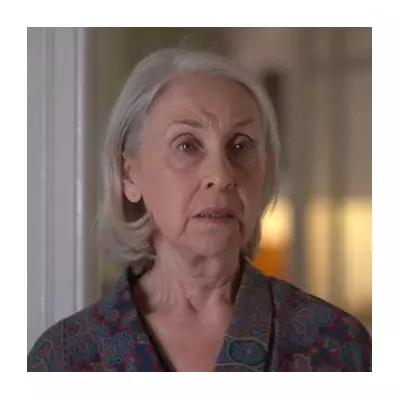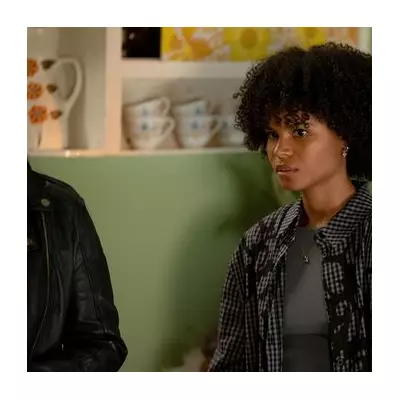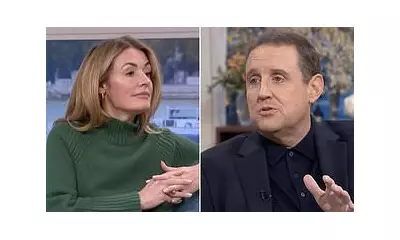
In a dramatic shift that's sent shockwaves through the film industry, Steven Spielberg's long-reigning champion Saving Private Ryan has been officially dethroned from its position as the greatest war film of the 21st century.
The New King of War Cinema
The prestigious title has now been claimed by Netflix's harrowing German-language adaptation of All Quiet on the Western Front, which has captivated audiences and critics alike with its brutal, unflinching portrayal of World War I warfare.
This stunning upset marks the first time since the release of Spielberg's 1998 masterpiece that any film has managed to surpass its critical acclaim and cultural impact within the war genre.
How the Decision Was Made
The groundbreaking reassessment comes from the comprehensive ranking system at Taste of Cinema, which meticulously evaluated every significant war film released since the year 2000. Their methodology considered:
- Critical reception and review aggregator scores
- Cultural impact and audience response
- Technical achievement and cinematography
- Historical accuracy and emotional resonance
- Awards recognition and industry acclaim
Why All Quiet on the Western Front Triumphed
Edward Berger's 2022 adaptation brings Erich Maria Remarque's classic anti-war novel to life with devastating effectiveness. The film distinguishes itself through:
- Uncompromising realism in its depiction of trench warfare
- Stunning cinematography that immerses viewers in the horror
- Powerful political commentary that remains relevant today
- Emotional depth that humanizes every soldier's experience
Unlike many war films that glorify combat, All Quiet on the Western Front maintains a consistently bleak and anti-war perspective that has resonated deeply with modern audiences.
The Complete Top Five Revealed
The Taste of Cinema ranking placed these exceptional films at the pinnacle of 21st century war cinema:
- 1. All Quiet on the Western Front (2022)
- 2. Saving Private Ryan (1998)
- 3. The Thin Red Line (1998)
- 4. Dunkirk (2017)
- 5. 1917 (2019)
This new hierarchy demonstrates the evolving standards for war films and the growing appreciation for international perspectives on historical conflicts.
A Changing Landscape for War Films
The ascension of a non-English language film to the top spot signals a significant shift in audience preferences and critical standards. Viewers are increasingly seeking authentic, diverse perspectives on historical events rather than traditional Hollywood narratives.
This changing landscape suggests that the future of war cinema may lie in exploring untold stories from different national viewpoints and focusing on the universal human cost of conflict.





